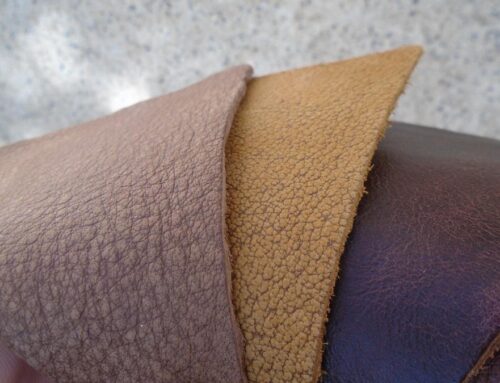Leather is one of man’s first and most valuable discoveries thanks to its durability and quality, and the ancient art of making leather has been practiced for thousands of years.
The use of leather was functional primarily to start with, and our ancestors’ made tools, shoes, clothing, and shade out of hides. As they evolved, so did their uses for leather. Some cultures viewed leather as a status symbol, so the craft became not just about function but also about visual appeal.
It remains the material of choice for commercial and residential furniture, the fashion industry, and automotive, aviation, and marine applications. Few materials have been around as long and used as widely as genuine leather, which lasts a lifetime and can be handed down through generations.
The leather industry played a vital role during World War I in providing shoes for the soldiers. In the UK, shoe factories made boots for the allies and produced most of the 70 million boots for British troops. Business boomed, with women employed in the factories while the men were away at war. Bootmakers were essential at the front line to mend soles and keep the men marching.
Leather industries in the US underwent significant changes in the twentieth century due to a decrease in demand. As a result, alternative materials began being used, with rubber and plastics being seen in shoe soles and heels. Athletic shoes, which rubber companies introduced in about 1900, have grown massively in popularity since then. In 1963, chemical giant DuPont introduced Corfam, a synthetic leather.
Techniques changed after World War II, which improved the machinery and tanning methods. These developments, however, did not fundamentally alter the production process. In addition, automation was limited by the diversity of leather and shoes available.
The globalisation of the industry after 1950 brought about sweeping changes. The US was largely self-sufficient in leather production in 1954, but imports boomed over the next several decades.
Italy became the leader in fine leather and shoes and the machinery to make them. The progressive city-state period in Medieval Italy, when commerce was flourishing, was the perfect environment for the leather tanning industry to take off. Societies were formed to protect the closely-guarded techniques used to produce the leather, the quality of which was unrivalled. These remain family secrets to this day, handed down through the generations in the areas making the world’s best leather for over 500 years.
Since the decentralisation of Italy’s leather industries, networks of suppliers and skilled workers quickened turnover and improved product quality. The most remarkable growth occurred in developing countries, the source of most US leather imports by the 21st century.

Contact us today to find out more about our available leather stock.









